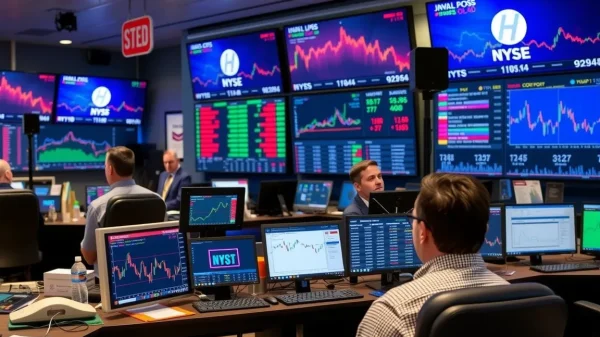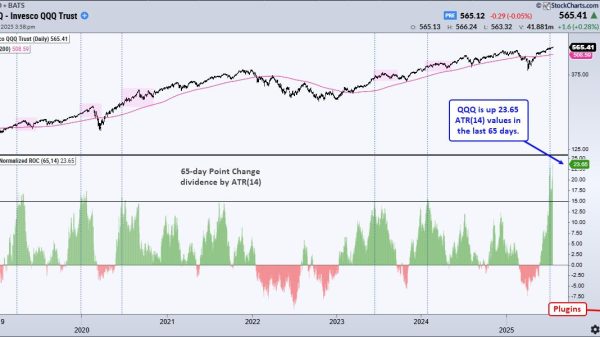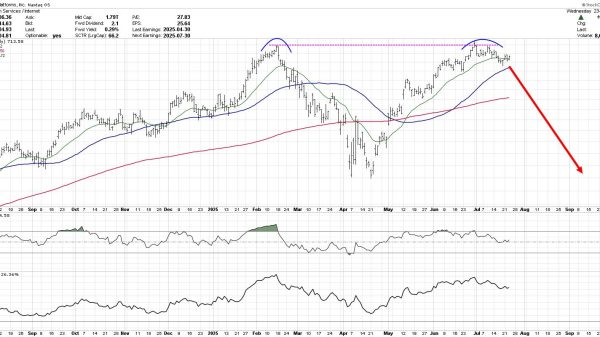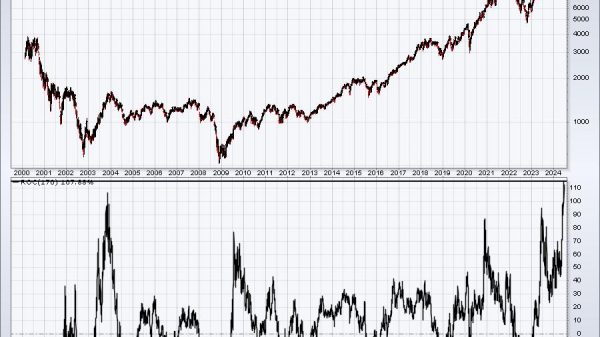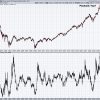Following discussions in Geneva, China and the US have agreed to a trade war truce, effective Wednesday, which will reverse most tariffs and other retaliatory measures.
The US will reduce recently imposed tariffs on China from 145% to 30%, while China will decrease its tariffs on America from 125% to 10%, according to a Reuters report.
Existing tariffs predating April 2, encompassing those from US President Donald Trump’s initial presidency, along with other restrictions like the US’ termination of low-value package tariff exemptions (the “de minimis” rule), seemingly are still in effect.
Tariffs likely to come down
The United States has agreed to modify or eliminate three executive orders. These orders collectively imposed tariffs of 115% on goods imported from China.
Washington agreed to lower its “Liberation Day” tariffs from 34% to 10% for a 90-day period and eliminate all tariffs enacted during the subsequent retaliatory escalation.
Following China’s reciprocation of de-escalation efforts, the majority of tariffs enacted since April 2 have been eliminated, with only 10% remaining at the current rate.
Even after recent adjustments, China still faces a 30% tariff. This figure includes duties implemented before April 2, specifically the two rounds of fentanyl tariffs from February and March.
Even with potential broader tariff adjustments, Chinese electric vehicles, steel, and aluminum will continue to be subject to existing, distinct tariffs implemented in previous years.
Non-tariffs
China pledged to eliminate non-tariff countermeasures that have been in place against the United States since April 2.
However, the specific methods for reversing certain measures are still to be determined.
In April, as a retaliatory measure, China expanded its controlled export list to include rare earth elements, initiated an anti-dumping investigation into DuPont’s operations in China, and imposed sanctions on several US defense and technology companies.
The agreement’s language implies that the listed firms, previously subject to trade and investment restrictions with China and an anti-dumping investigation, will be removed from the list and the probe discontinued.
Countermeasures imposed after April 2 will be removed, excluding actions taken prior.
This means the blacklisting of a dozen companies in March and the investigation into Google announced in February will remain in effect.
Rare earth uncertainties
China’s imposition of restrictions on the export of rare earth elements had a global scope, impacting numerous countries beyond just the US.
This widespread application introduces ambiguity regarding whether this specific action can be accurately classified as a countermeasure targeted directly at the US within the framework of the pertinent international trade agreement.
The fact that these export restrictions affected the global supply chain and thus a multitude of nations complicates the legal and economic assessment of whether it constitutes a targeted response against the US as defined under the relevant agreement governing trade disputes and countermeasures between nations.
The original China’s Ministry of Commerce announcement, which mandated that all exporters obtain licenses before shipping seven categories of rare earths, did not mention the US.
Amidst the trade war, Reuters reported last month that US clients would likely encounter a prolonged and uncertain wait for necessary licenses.
The post US, China strike trade deal: key tariffs reduced, but some remain appeared first on Invezz




